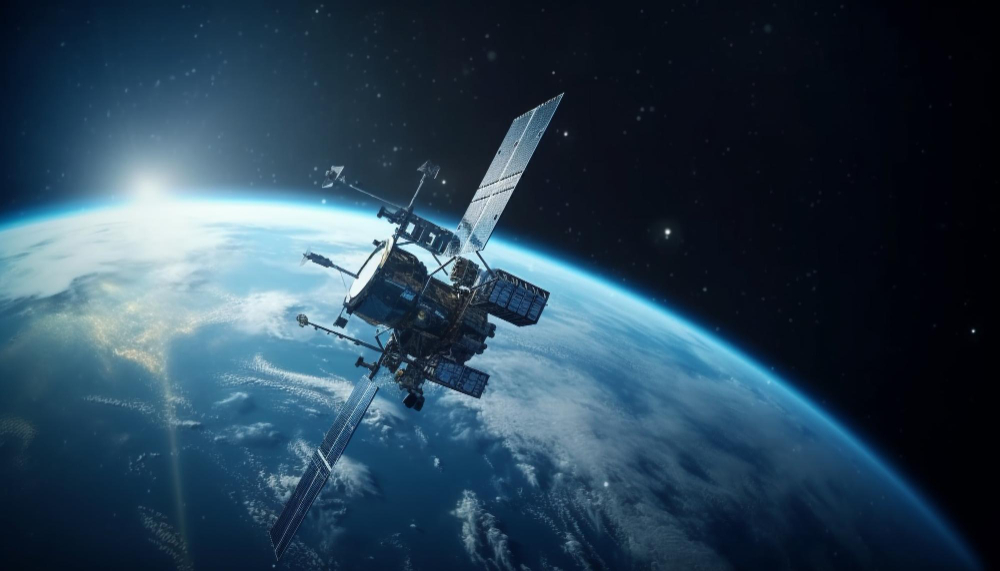As we gaze up at the stars, we’re filled with wonder and curiosity about the vastness of space. One of the most intriguing aspects of space exploration is spacecraft propulsion. How do we propel these vessels through the vacuum of space to explore distant worlds and beyond? Join us on a journey as we unravel the mysteries of spacecraft propulsion.
The Basics of Spacecraft Propulsion
Spacecraft propulsion is the driving force behind the movement of spacecraft in space. It involves generating thrust to propel the spacecraft forward. There are various methods of spacecraft propulsion, each with its own advantages and limitations.
Chemical Propulsion: Powering Spacecraft Through Chemical Reactions
Chemical propulsion is the most common method used for launching spacecraft into orbit and beyond. It relies on chemical reactions to generate thrust. Typically, a fuel and an oxidizer are combined in a combustion chamber, where they undergo a chemical reaction, producing hot gases that are expelled through a nozzle to generate thrust.
Electric Propulsion: Harnessing the Power of Electricity
Electric propulsion, also known as ion propulsion, is gaining popularity for long-duration space missions. This method uses electric power to accelerate propellant ions to high speeds, producing thrust. While electric propulsion offers higher efficiency than chemical propulsion, it generates much lower thrust, making it unsuitable for rapid acceleration.
Nuclear Propulsion: Pioneering the Future of Space Travel
Nuclear propulsion represents the cutting edge of spacecraft propulsion technology. It harnesses the energy released from nuclear reactions to generate thrust. Nuclear thermal propulsion heats a propellant using a nuclear reactor, while nuclear electric propulsion uses nuclear power to generate electricity for ion propulsion systems.
The Challenges and Opportunities Ahead
While spacecraft propulsion has come a long way, there are still many challenges to overcome. Developing more efficient propulsion systems, reducing costs, and ensuring safety are key priorities for future space exploration. Additionally, exploring alternative propulsion methods, such as solar sails and antimatter propulsion, holds promise for unlocking new frontiers in space.
Conclusion
Spacecraft propulsion is the driving force behind our journey to the stars. From chemical propulsion to electric and nuclear propulsion, each method offers unique advantages and challenges. As we continue to push the boundaries of space exploration, unlocking the secrets of spacecraft propulsion will be essential for reaching new worlds and expanding our understanding of the universe.







